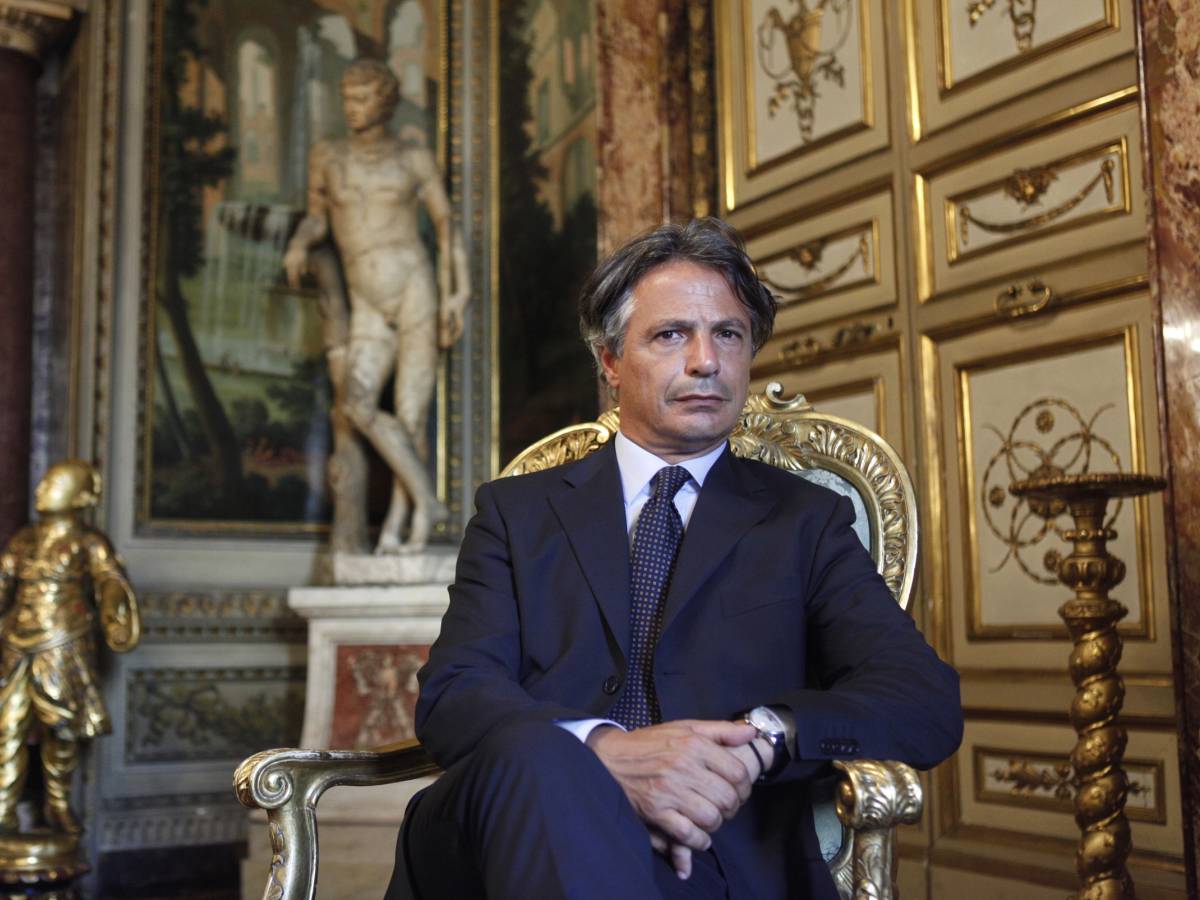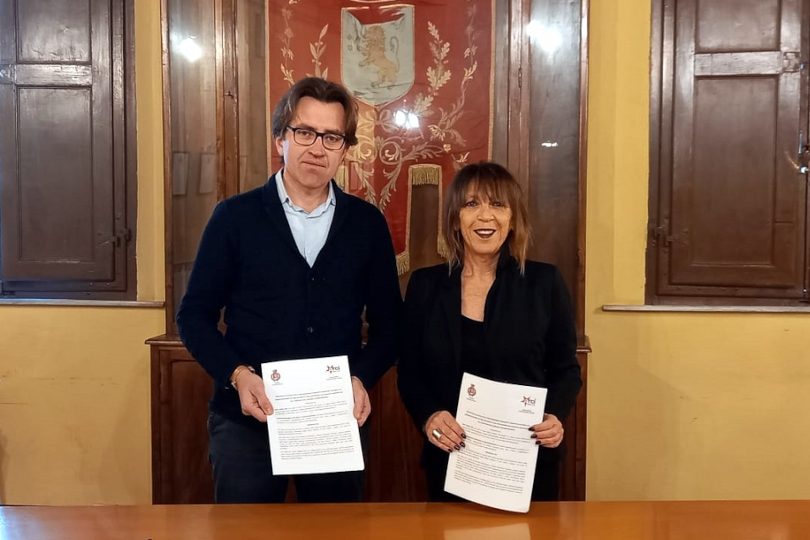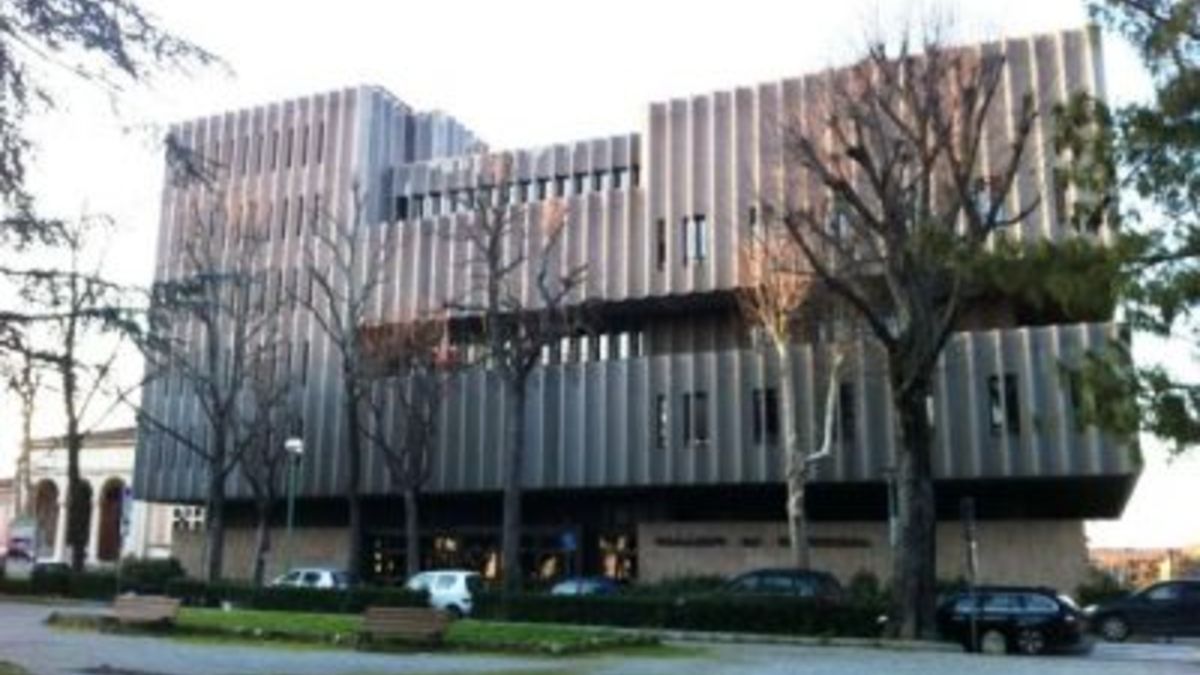From the rain funds to the Antonveneta case. Sleight of hand in the shadow of the left
The black box of the MPS disaster is the Foundation that in 1995 takes the baton of command. The foundations were born to modernize the Italian banking system, but in fact they are an emanation of local authorities. In Siena, the red city par excellence, everything revolves around the PCI and its heirs. The Foundation has 16 members: eight appointed by the Municipality, five by the Province, one by the Region, one each by the University and the Archdiocese of Siena. Bank and party are part of a single circuit: you enter Rocca Salimbeni, then perhaps you move to the Municipality or the Federation, with a continuous transfer of positions.
Mps looks like an unsinkable battleship: it rains money on the territory, gives prestige and authority to a city of amazing beauty, but secluded and off the main routes. Thus the mistakes follow one another inexcusable, camouflaged in the irrepressible ambition of managers who know everything about the currents of the PDS, but understand little about budgets and risk choices that will prove to be bankruptcy.
At the end of 1999 Mps bought the Banca del Salento that Vincenzo De Bustis took away from a sleepy anonymity, pushing it towards the magic of derivatives. The Banca del Salento is the same for which poses a sexy Sharon Stone and De Bustis, which boasts solid links with the Dalemian side of the party, but also with the center-right, settles in Siena. The tricks of prestige, however, cannot take advantage of the customers provided and receive the reimbursement of the invested capital. De Bustis emigrates elsewhere, to Deutsche Bank, but Siena does not look into the broken mirror of a greatness without foundations.
The run-up continues and leads to the jump that will end in a ruinous thud: Siena buys Antonveneta from Santander for the monstrous figure of 9 billion, plus 7.5 of debts with Abn Amro. Many. Too many. We are in 2007 and now the oldest bank in the world is led by the lawyer Giuseppe Mussari, also organic in the usual tradition. But above all we are on the eve of the collapse of Lehman Brothers. Incompetence is compounded by bad luck. But the newspapers write that Rocca Salimbeni has entered the tricolor Olympus and is now the third Italian bank.
That move, on the other hand, marks the fall over the precipice and the end of a virtuous model that sees the driving party of the bank and the bank as the heart of the territory. To stop the emergency, the first capital increase is triggered, but the fuel is not enough. Siena knocks and the State replies: here are the Tremonti bonds, in practice convertible bonds, then the Monti bonds. In 2012 Mussari leaves, the investigations start, in 2013 the head of communication David Rossi dies in mysterious circumstances, falling from his office window.
As if that weren’t enough, obscure derivative products emerge from the belly of the balance sheets of which the Bank of Italy knew nothing and which served to conceal hundreds of millions of losses. The state finances yet another capital increase with 6 billion and offers not one but two crutches to the institution that is no longer standing.
Now Rome should leave, but the negotiations with Unicredit run aground. Meanwhile, the system of communicating vessels goes on as if nothing had happened: the former minister of the economy Pier Carlo Padoan becomes a deputy in Siena and then president of Unicredit, in a dizzying and disarming intersection. His seat won, no less, by the secretary Pd Enrico Letta. The crisis can explode.




